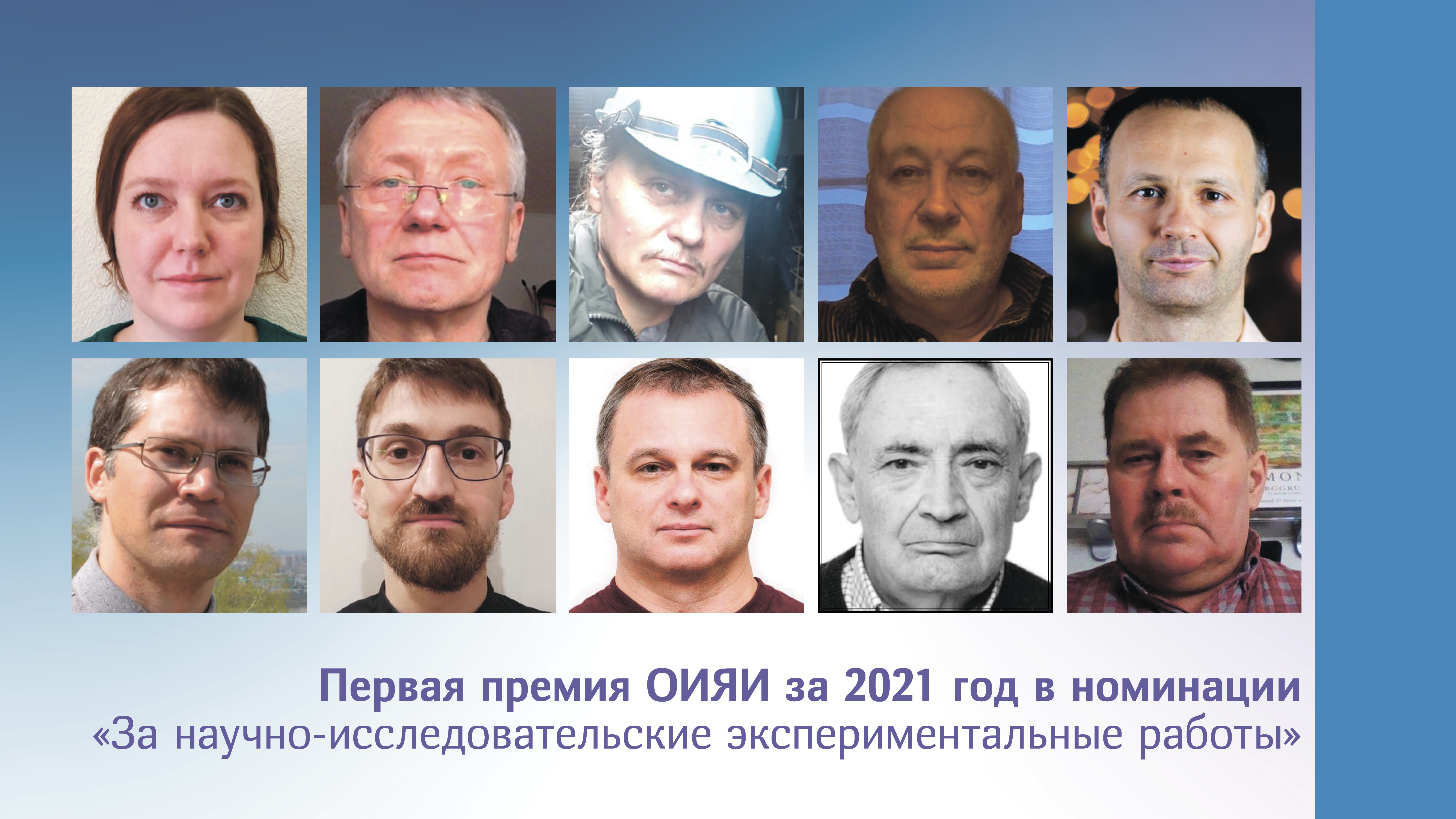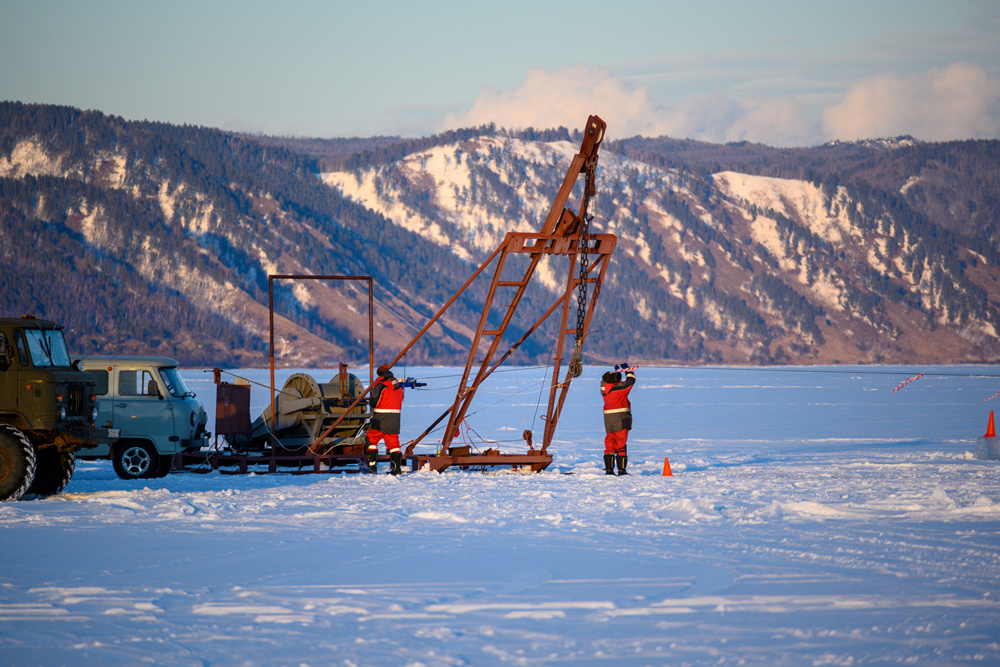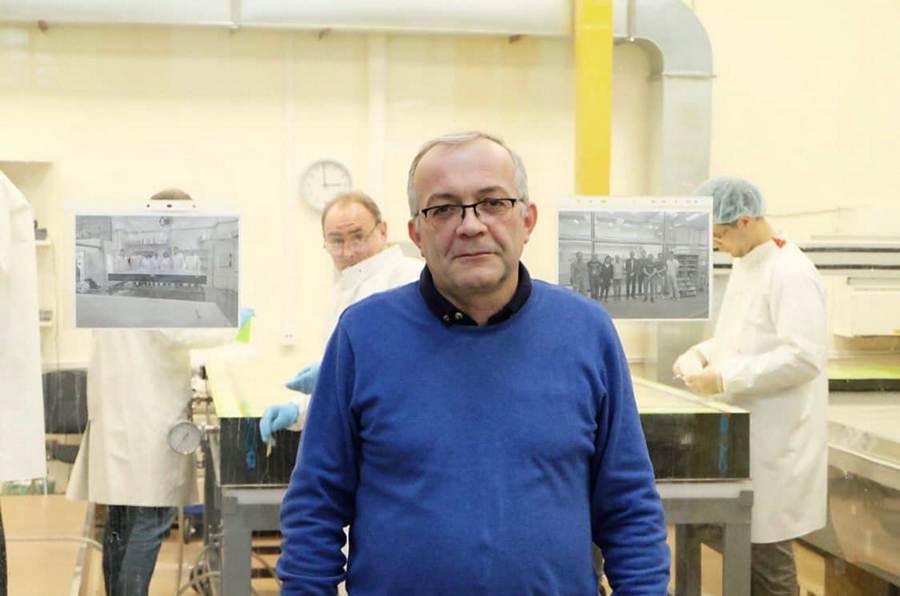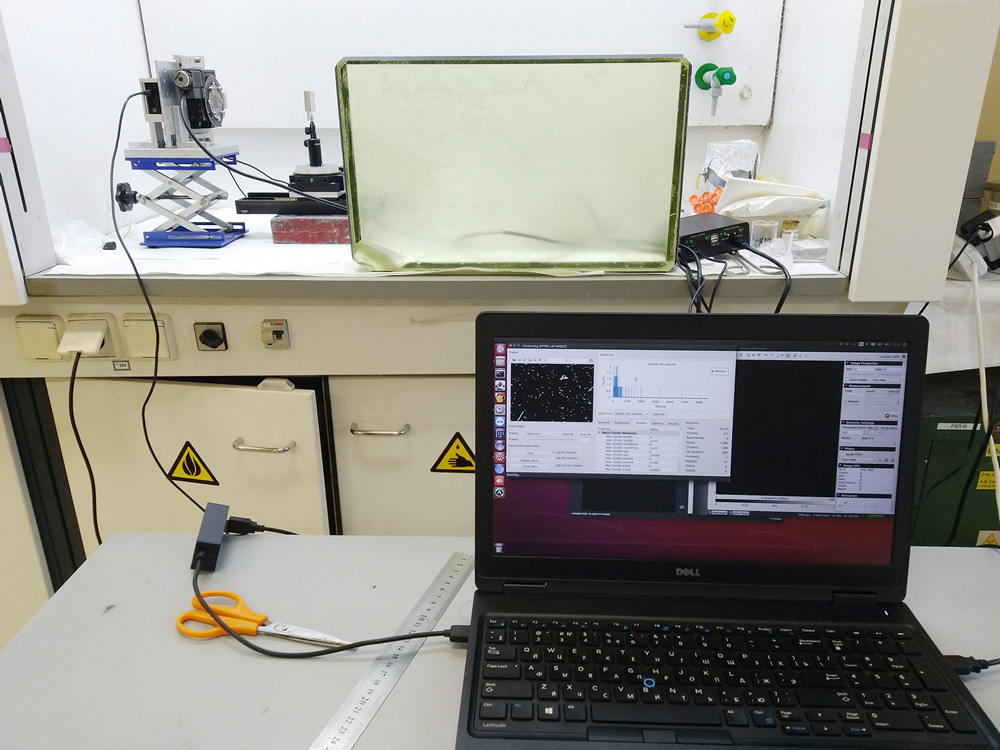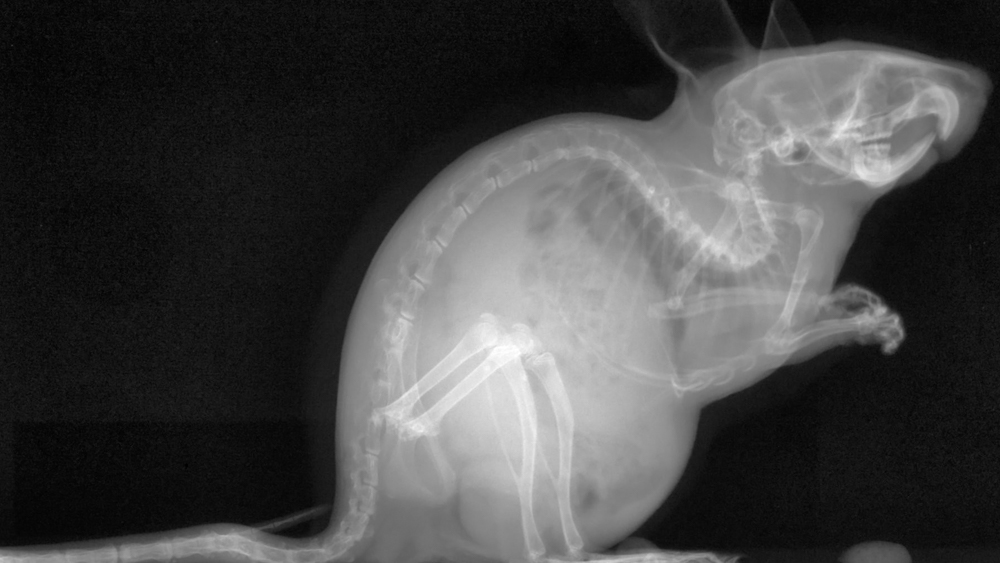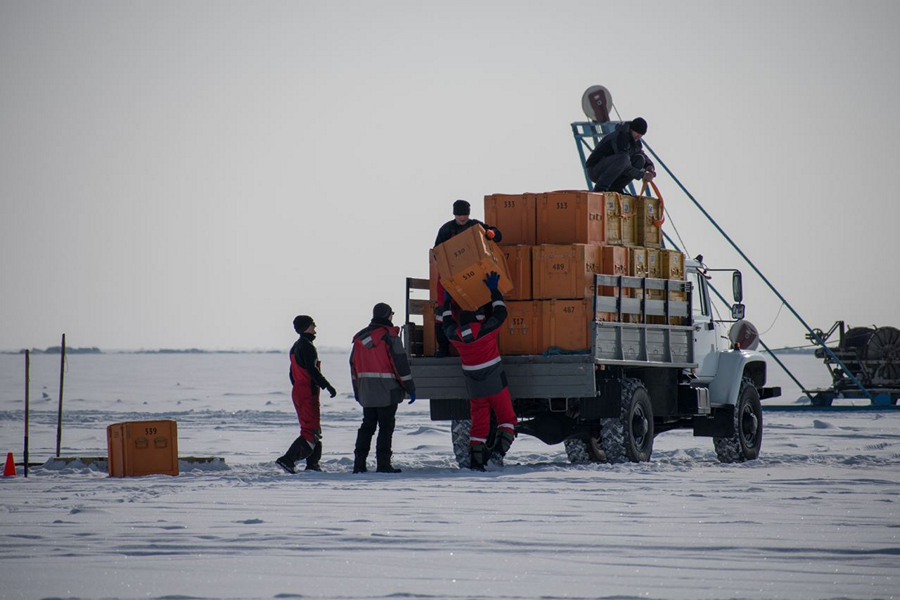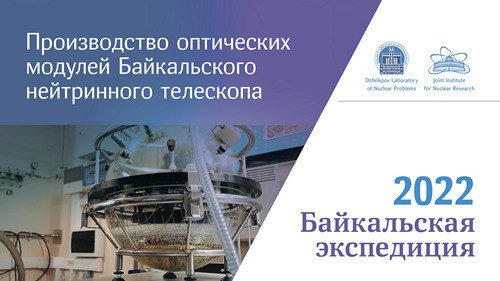News
02.03.2022
On 24–25 February 2022, at the 131st session of the JINR Scientific Council, the annual JINR Prizes were awarded for the best scientific, methodological and technological applied work. The First Prize in the category “Experimental Research Work” went to the team of DLNP scientists, participants of the OPERA experiment: S. G. Vasina, Yu. A. Gornushkin, S. G. Dmitrievsky, Z. V. Krumstein, D. V. Naumov, A. G. Olshevskiy, A. B. Sadovsky, A. P. Sotnikov, A. V. Chukanov, and A. S. Sheshukov for the series of papers “Neutrino studies in the OPERA experiment”.
01.03.2022
The annual expedition to build the Baikal-GVD, the deep underwater neutrino telescope of a cubic-kilometre scale, is in full swing. During about two months, the Baikal-GVD collaboration is intending to deploy two new clusters with optical modules, to repair and upgrade the previously installed clusters, and to proceed with the development of the optical data transmission system within the facility.
25.02.2022
On 25 February 2022, at the session of the DLNP Dissertation Council, Alexi Gongadze defended the dissertation “Development and design of large-area tracking systems for the muon spectrometer of the ATLAS experiment with the Large Hadron Collider” for the degree of the Candidate of Physics and Mathematics in Specialty 01.04.01: Instruments and methods of experimental physics.
Our congratulations to Alexi on the successful defence of the candidate dissertation! We wish him further scientific achievements and success!
22.02.2022
The research on high-resolution X-ray and single-photon emission tomography imaging of small animals is underway at the Dzhelepov Laboratory of Nuclear Problems within the joint Russian-Cuban project “High-Resolution SPECT/CT Method Based on Medipix Detectors” (Single-Photon Emission Computed Tomography/Computed Tomography). We have talked to the scientists involved into the project about their work, how technologies from fundamental science reach out into applied areas, and how productive international projects can come to life.
21.02.2022
Last Friday, on 18 February 2022, participants of the 20th International Training Programme for Decision-Makers “JINR Expertise for the Member States and Partner Countries” (JEMS-20) visited our Laboratory. This time, heads and specialists from research and education institutions of Armenia, Slovakia, Serbia and North Macedonia came to attend the training programme.
17.02.2022
On 17 January 2022, the article “A tomograph for mice has been developed at JINR” was published in the newspaper “Strana ROSATOM”: https://strana-rosatom.ru/2022/02/17/v-oiyai-izobreli-tomograf-dlya-myshej/
Experts from the Joint Institute for Nuclear Research and the Cuban scientific centres CENTIS and CEADEN have developed a technology that will improve the spatial resolution of single-photon emission computed tomography. It matters a lot to pharmaceutical scientists. We have talked to the project authors.
17.02.2022
On 17 February 2022, the next expedition to construct Baikal-GVD, the deep underwater neutrino telescope of a cubic-kilometre scale, has been launched. During about two months, the Baikal-GVD collaboration intends to deploy two new clusters, repair and upgrade those already installed, and proceed with developing the optical data transmission system within the facility.
16.02.2022
The annual Baikal expedition to construct the neutrino telescope will soon be launched. In this video, Maksim Kruglov, the senior engineer of the Dzhelepov Laboratory of Nuclear Problems, is explaining how optical modules were assembled, tested, and prepared for transportation.
11.02.2022
Today, on 11 February, it is the International Day of Women and Girls in Science.
Happy International Day of Women and Girls in Science to all female staff of the Joint Institute for Nuclear Research and of scientific partner institutions of JINR!
The DLNP Group of Scientific Communication presents the media project “Charming Science” with DLNP female colleagues involved.
10.02.2022
Here are some statistics from our media project “Charming Science” which will be launched this Friday, on 11 February, exactly on the International Day of Women and Girls in Science. According to the statistical studies by the National Research University “Higher School of Economics”:
• almost 40% of researchers working in Russia are women;
• in 2019, there were 136.1 thousand women researchers, and this is 11.6% less than in 2010;
09.02.2022
The Dzhelepov Laboratory of Nuclear Problems is going to launch the media project “Charming Science”. The idea was prompted by the International Day of Women and Girls in Science celebrated on 11 February.
In our Laboratory, 19.4% of researchers are women. We have talked to some of them and asked whether it is complicated to do fundamental science, whether they happened to face some difficulties in their career, how the family supports them, and whether science is a good thing for a woman at all.
Our media project will be launched this Friday, on 11 February 2022. Please watch the Charming Science trailer.
01.02.2022
Traditionally, shortly before the Chinese New Year, JUNO scientists make a greeting video and compose a song about their work. This year, the song tells us about preparations for the experiment, aspirations for future discoveries, and also the appreciation of the personal contribution of each collaboration member to the common cause.


